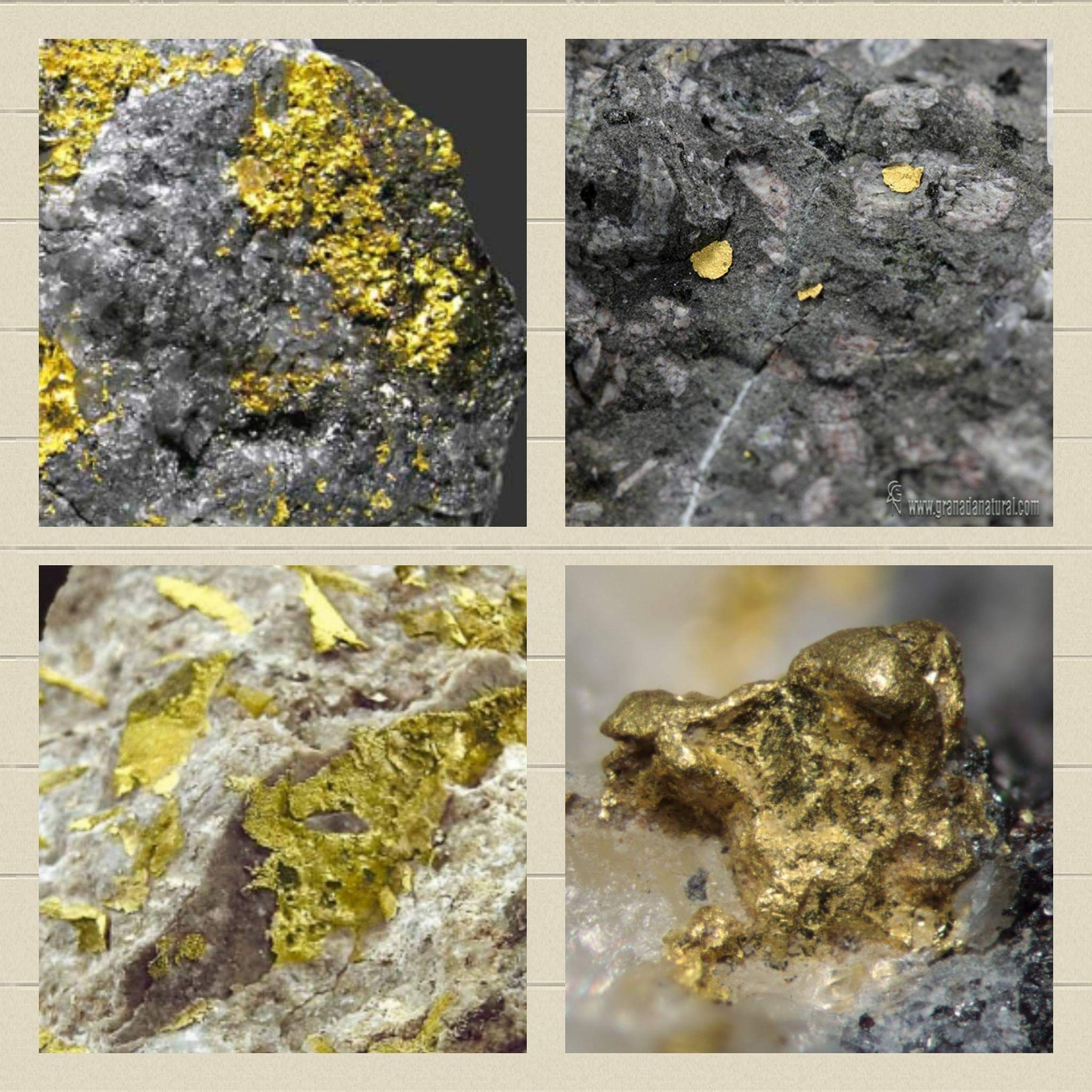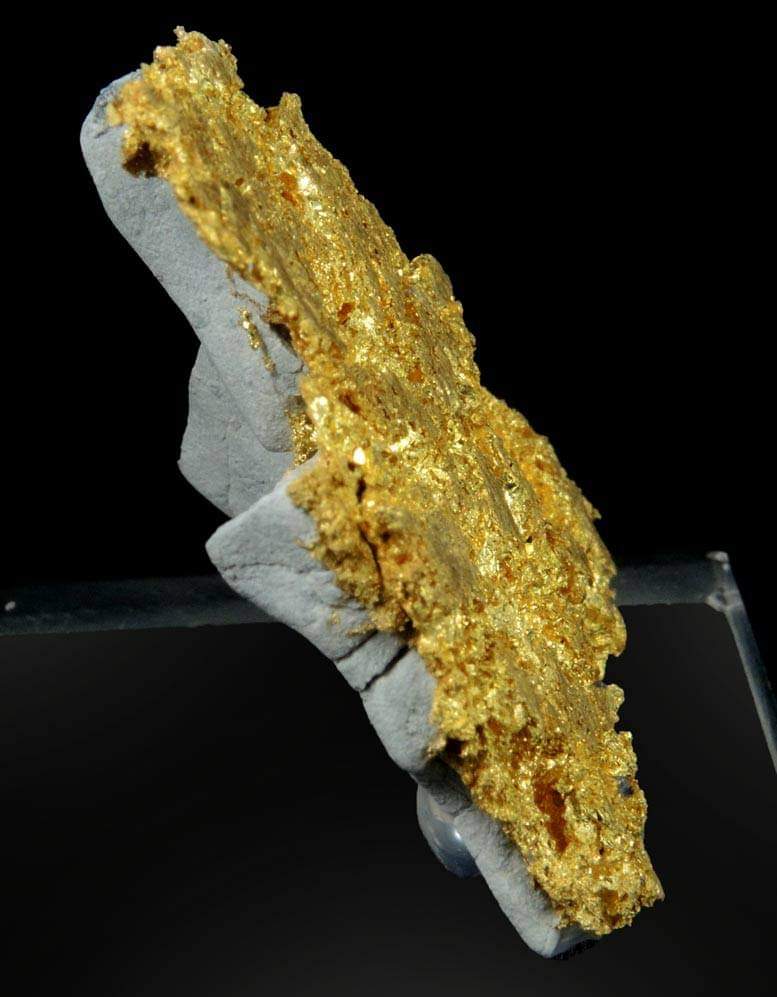THE GOLD OF LINES
THE GOLD OF LINES
Gold of the Veins
Lode gold is of course the lord of these places; inconspicuous, it is rarely detected with the naked eye, but it is deeply rooted in popular myths of these regions; It’s a fascination that has lasted for ages! It has gone from myth to reality since the industrial revolution, when the first engineers at the turn of the century began to believe in it by making the first discoveries of the great saga of the mining industry.

There are several types of deposits and, properly speaking, the quartz vein, or hard vein, is the most interesting to the inventor. It is one of the great conquests of this world because it is chemically rich in elements. However, gold can be found there in very fine particles and it takes quantitative studies to detect it (probing and genesis).
The quartz beds are found scattered over several geological stages; in the Cévennes mountains, we find them outcrop at the edge roads. Their powers vary, but the average power of a quartz vein is less than or equal to 1 meter, without special conditions of course. Several substances accompany native gold, starting with arsenic (As), antimony (discrase Ag2 Sb or Ag3 Sb); they are called antimonides. We also have the mispikel (Fe Ar2 + Fe Se2); the latter may be gold-bearing and may be found integral with quartz veins. Other very rare metals exist and contain gold in their chemical composition.

Like other materials, the veins follow the movements of erosion until hydrogeological crushing separates the gold from its matrix, releasing the precious metal particles in the alluvial slopes. You should know that, under certain chemical conditions, gold can disappear and reappear in the mechanics of soils; it changes from a solid state to a chloride state, moves over large areas, until the medium changes to acidity; it is this environment modified acid that causes the change; it is made up of ammonia, condensed acids and chlorides. Extract from "Aurum In Cevenis". JSDG INGÉNIEUR GÉOLOGUE D. ED. DP.99. Released 2000.


